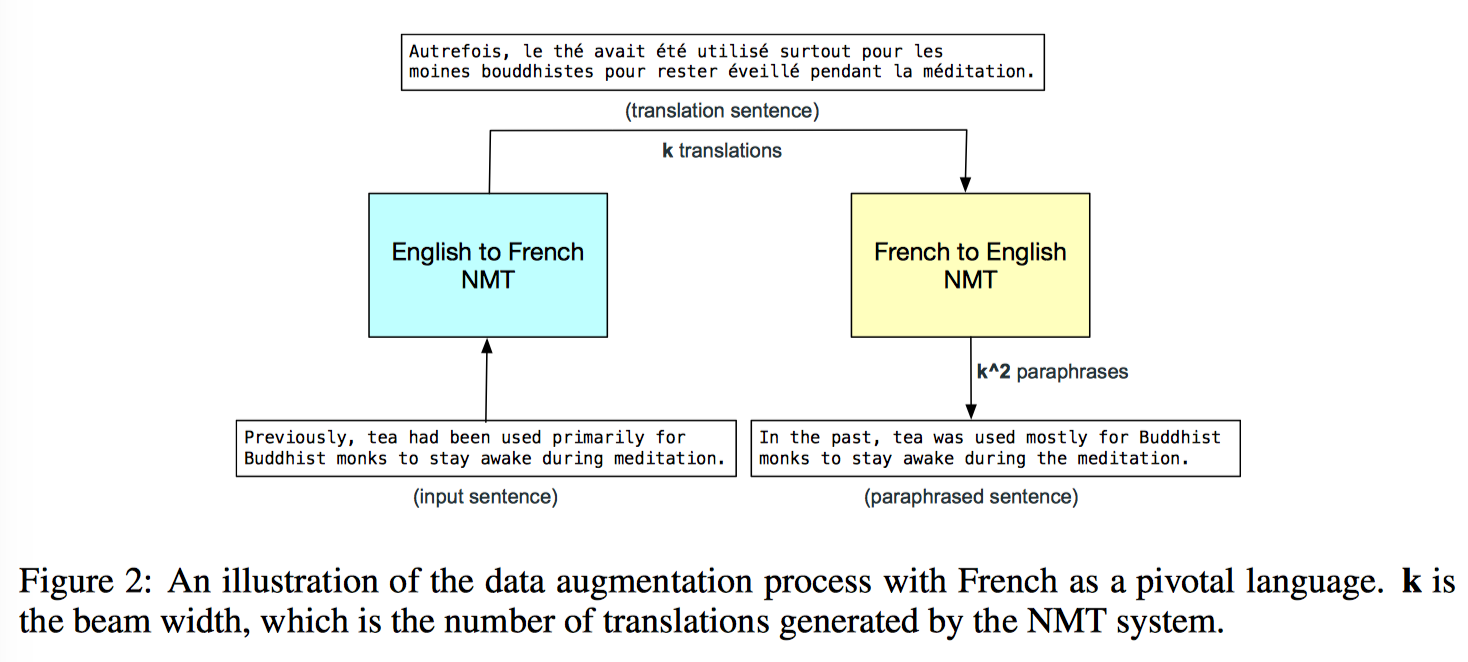|
In today's digital era, information security has become a paramount concern for individuals, organizations, and governments worldwide. With the increasing reliance on technology and the proliferation of interconnected systems, safeguarding sensitive information has become more challenging than ever before. This article explores the importance of information security, current challenges faced in this field, and potential solutions to enhance digital defenses. Information security refers to the protection of data from unauthorized access, use, disclosure, disruption, modification, or destruction. It encompasses various aspects such as confidentiality, integrity, availability, and authenticity. The stakes are high as compromised information can lead to financial loss, reputational damage, and even national security threats. One of the primary challenges in information security is the ever-evolving nature of cyber threats. Hackers and malicious actors constantly devise new techniques to exploit vulnerabilities in computer networks and systems. Phishing attacks, ransomware, and data breaches have become common occurrences, affecting millions of individuals and organizations globally. These incidents highlight the pressing need for robust information security measures. To enhance information security, organizations must adopt a multi-layered approach. First and foremost, strong access controls should be implemented to ensure that only authorized personnel can access sensitive information. This includes implementing strong password policies, two-factor authentication, and regular access reviews. Additionally, encryption plays a crucial role in protecting data both at rest and in transit. Encryption algorithms convert plaintext data into unreadable ciphertext, rendering it useless to unauthorized individuals. By encrypting sensitive information, even if it falls into the wrong hands, it remains unintelligible without the decryption key. Furthermore, regular software patching and updates are essential to address vulnerabilities in operating systems, applications, and devices. Software vendors often release patches to fix bugs and security flaws discovered in their products. Failure to apply these updates promptly leaves systems exposed to known risks. Moreover, employee awareness and training programs are vital components of an effective information security strategy. Human error, such as falling for phishing emails or using weak passwords, remains a significant contributor to data breaches. By educating employees about best practices, organizations can reduce the likelihood of successful attacks and instill a culture of security. Lastly, collaboration between public and private sectors is crucial in combating cyber threats. Governments should enact legislation and regulations to protect individuals' privacy rights while encouraging businesses to implement robust security measures. Sharing threat intelligence and collaborating on cybersecurity initiatives can help identify emerging threats and develop proactive defenses. In conclusion, information security is an ongoing battle in the digital age. As technology continues to advance, so do the threats that accompany it. To safeguard sensitive information, organizations must adopt a multi-faceted approach that includes access controls, encryption, regular patching, employee training, and collaboration. By prioritizing information security, we can mitigate risks and ensure a safer digital environment for all.  |
